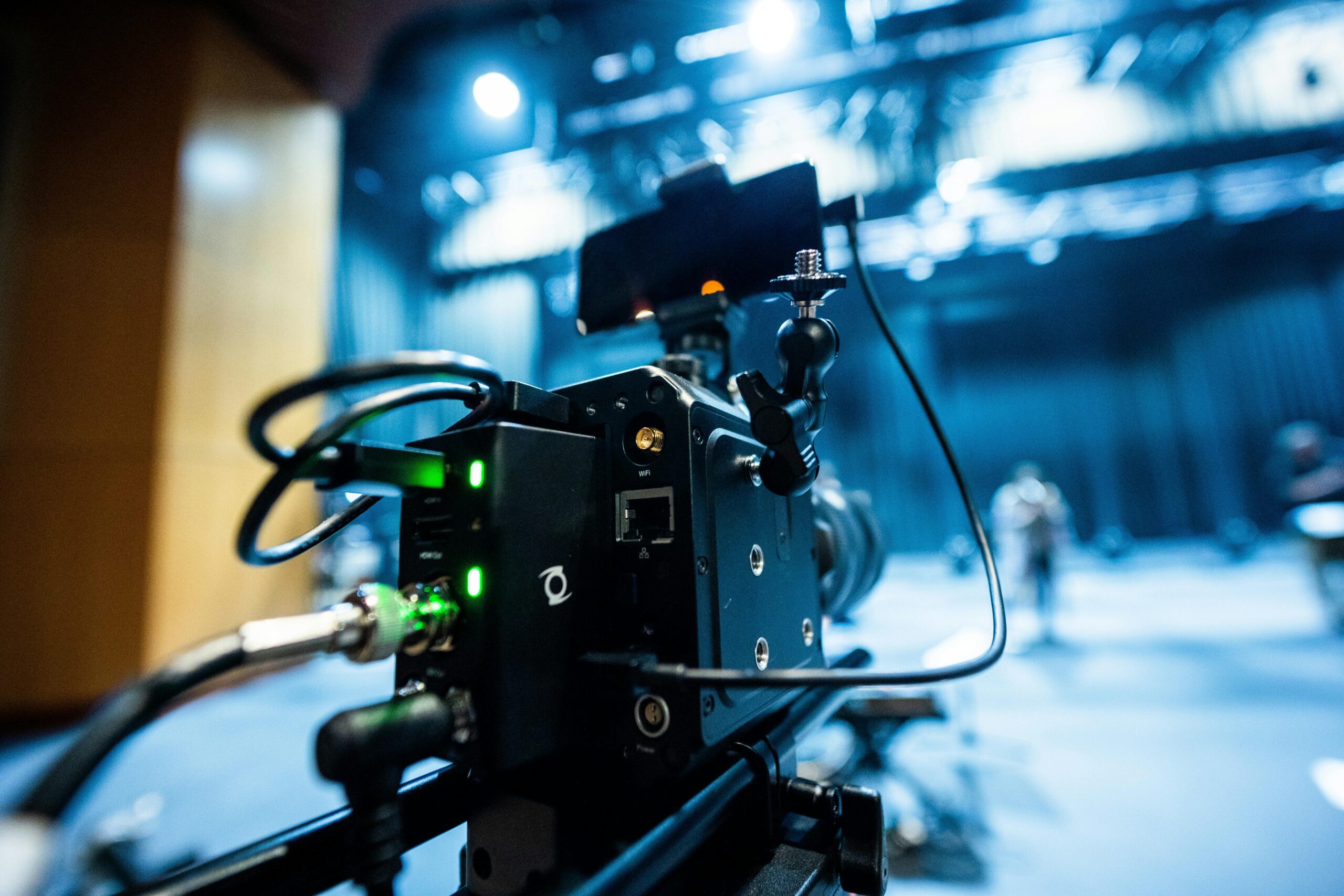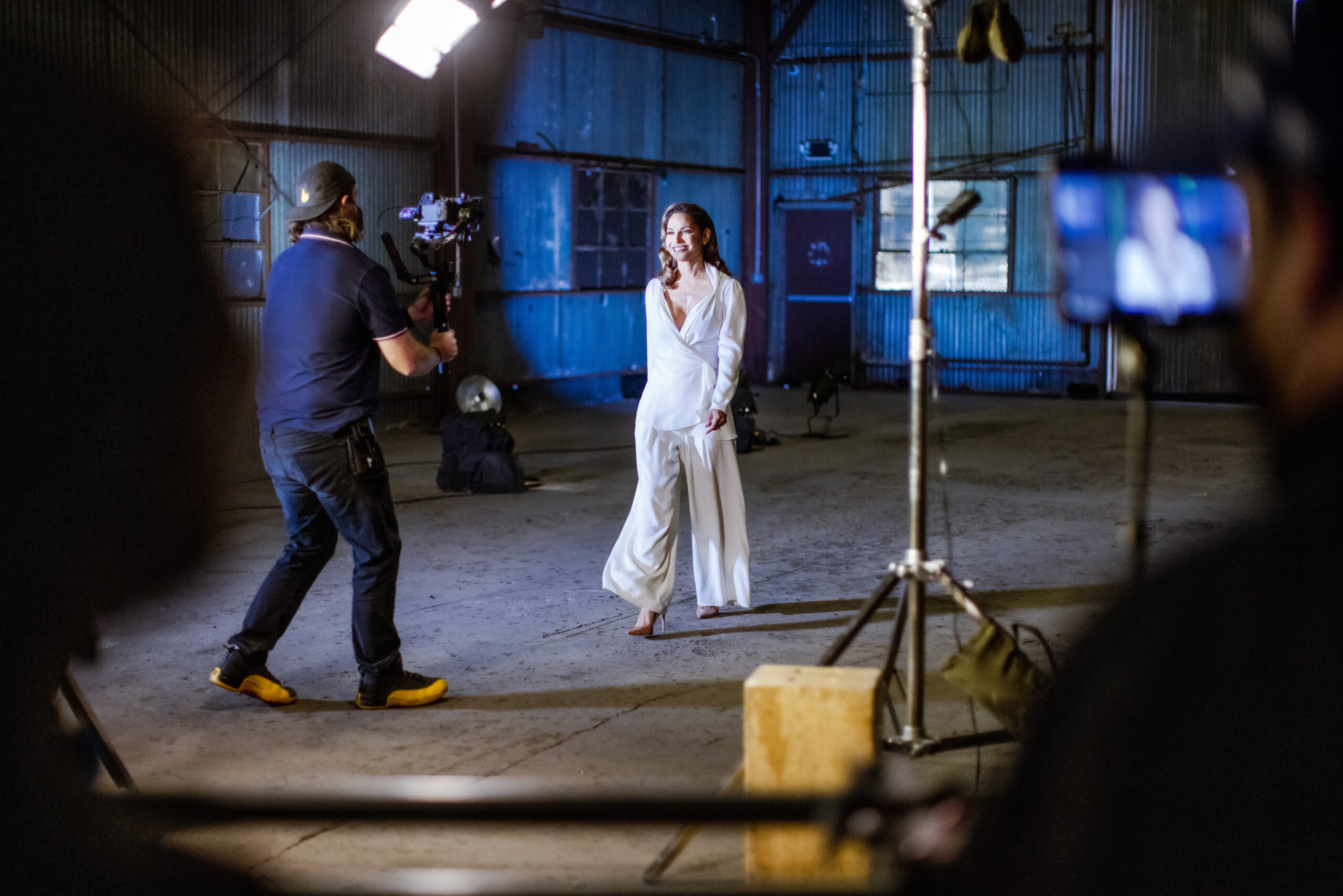Examining Denotation and Connotation Difference in Film Media
Films generally have two guiding principles in which the meanings of words or objects are delivered connotatively or denotatively. Whether a film quote or object is described connotatively or denotatively plays a role in the connections that people make to the story and whether it has literal or nonliteral meaning. In examining denotation and connotation differences in film media, it’s important to understand that connotation is the non-literal meanings of objects or words whereas denotation represents literal meanings.
What is Denotation?

Denotation represents the literal definition of a word or object that is used in a film.
When words or objects are used denotative in a film there is no underlying or symbolic meaning behind the terms or the objects. You can think of denotation as the textbook definition of the object or word.
A film that quotes the following would be denotative: “Jack, please hand me the sharp knife.”
There is no symbolic meaning behind this. The character is literally asking Jack to hand over a knife that is nearby which is sharp.
What is Connotation?
Connotation represents the non-literal definition of a word or object that is used in a film.
When words or objects are used connotatively in a film there is an intellectual or emotional interpretation of the word or object which has symbolic meaning behind it.
Consider This
A film that quotes the following would be connotative: “Jack was sharp as a whistle.” This is a connotation which implies that Jack, a character in the film, was smart or witty.
There is symbolic meaning behind the words in use. In fact, “Sharp as a whistle” implies connotation in more than one word as sharp implies witty or smart.
And the use of the word “whistle” here means bold or bright.
Different Types of Connotation in Film
Within filmmaking, the use of connotation can have various purposes in which the non-literal or symbolic meaning is one of three types of connotation.
These include:
- Positive connotation – where the non-literal meaning is a positive outcome. For example, for the term “old” the positive connotation may mean mature or vintage. In which it is accepted as a positive representation.
- Negative connotation – where the non-literal meaning is “bad” or not ideal. Negative connotations for the term “old” would be things like “decrepit” or “antiquated” in which the term is negative.
- Neutral connotation – this is where the non-literal meaning of the term is neither good or bad. The neutral outcome of the word “old” is generally “aged”. But any other variations of the term, such as if the term is to mean “mature” or “decrepit” would have non-neutral connotations as they have either a positive or negative meaning.
Denotation and Connotation Difference in Film

In order to remember the difference in denotation and connotation in film and literature, you might want to just think of the two as opposites.
Denotation is the direct meaning and is literal. Whereas connotation is the indirect or non-literal meaning behind words or objects in a film.
Implications
The use of positive and negative connotations as well as denotation adds depth to the narrative and creates connections and symbolism to infer meaning behind the story for the audience.
When connotations are used in film they are widely representative of cinematic semiotics. In which specific symbols are interpreted in a non-literal way.
Whereas the use of denotation in film is equally relative to semiotics however denotation applies to literal meanings which are not symbolic.
For Example
If red shoes are used in a film, they could have no other meaning than that they are red and perhaps the character in the film appreciates the color.
This would be a denotative meaning of the red shoes. As the shoes are literally just red shoes without any symbolic meaning.
Likewise, red shoes in a film in which there is connotation would potentially represent the red shoes from the fairytale, The Red Shoes.
In which they symbolize a connection to the classic tale in a non-literal way.
Variety of Purposes
Denotation and connotation are used throughout film for a variety of purposes. And to create different connections between the audience and the story being delivered.
The use of connotation is often incorporated into a film to create an underlying understanding or representation without using literal elements.
This causes the audience to think hard about what they’re watching and to remain more involved in the film.
Whereas denotation delivers the literal meanings to keep the emotional weight of the film light and easy to follow.
Consider this basic example of connotation and denotation in film:
- Connotation – The media were swarming around the pileup crash that occurred on the highway. So that they could capture sights of potential injuries for use on the evening newscast.
- Denotation – The journalists arrived on scene to document the crash for the news.
- Connotation – The paparazzi lined the walkway anxiously poised to catch raw footage of the Oscar nominees.
- Denotation – Photographers patiently stood along the walkway awaiting the arrival of the Oscar nominees.
The Takeaway
As you can see, the difference in the wording and the use of connotation that represents nonliteral connections adds a level of depth and meaning.
As well as greater emotional investment to the film than the use of pure denotation.
Denotation and connotation difference in film and media boils down to literal vs non-literal meanings and symbolism which creates emotional depth to the story.

